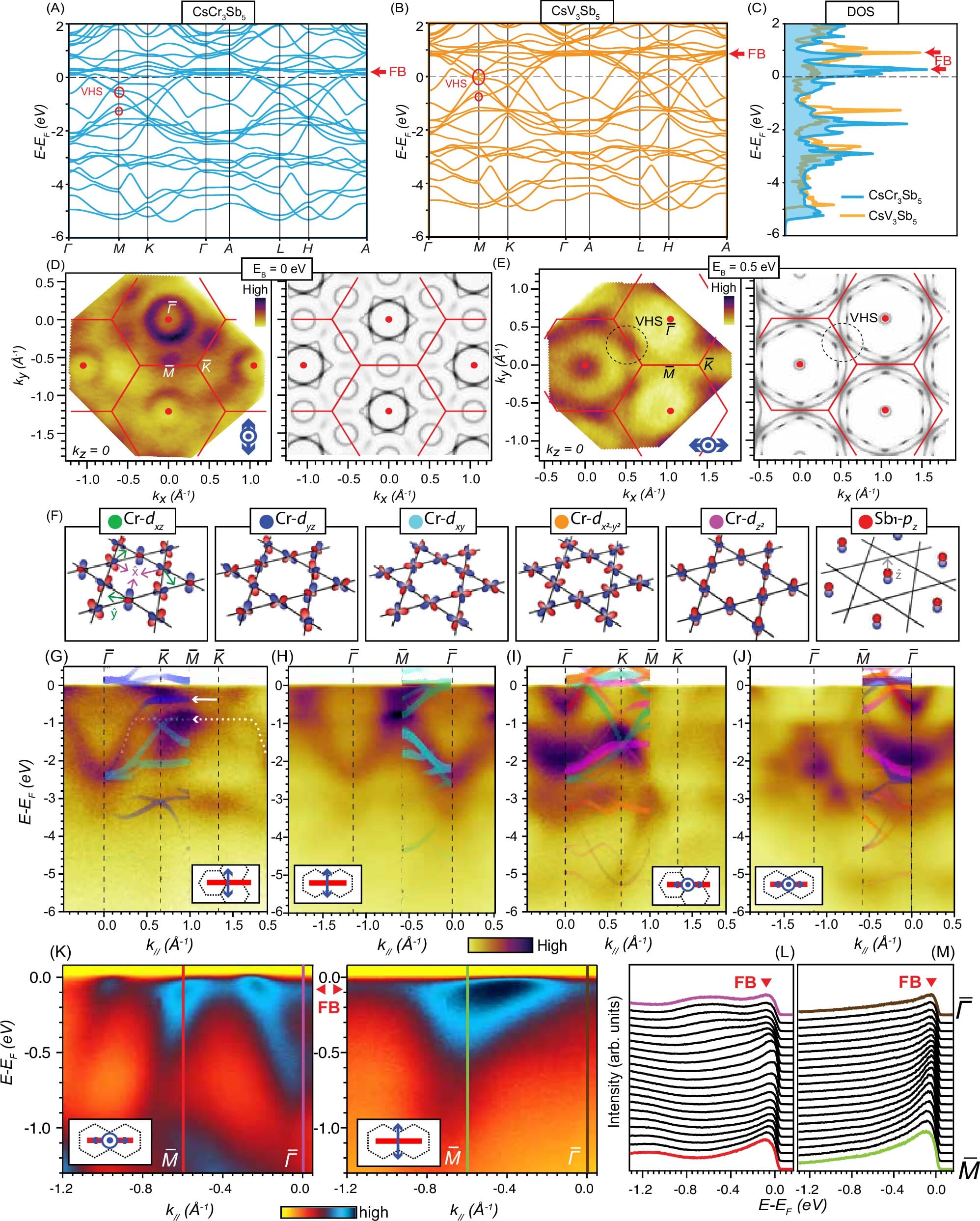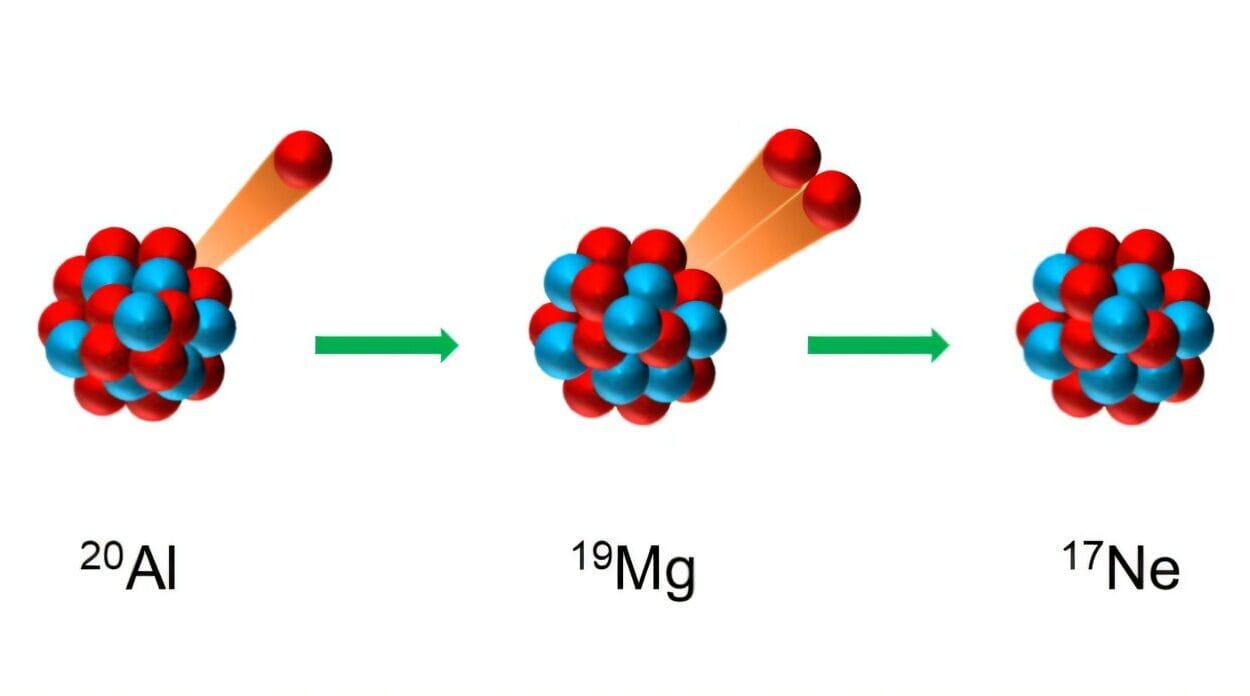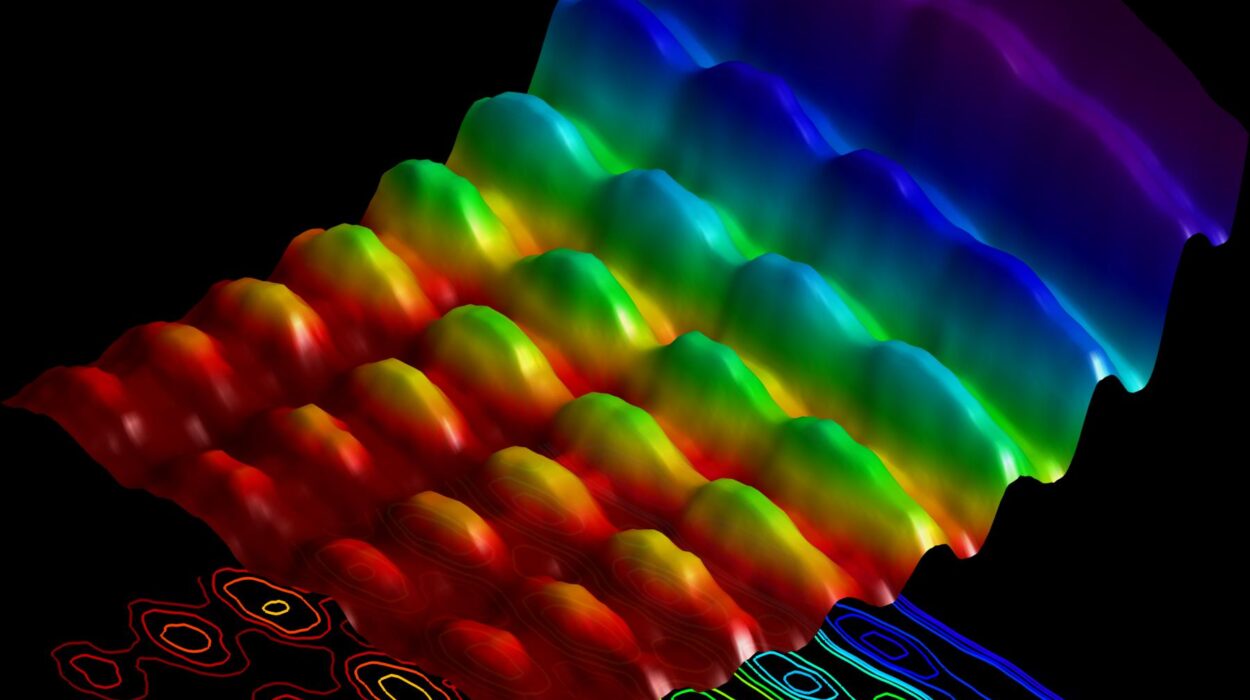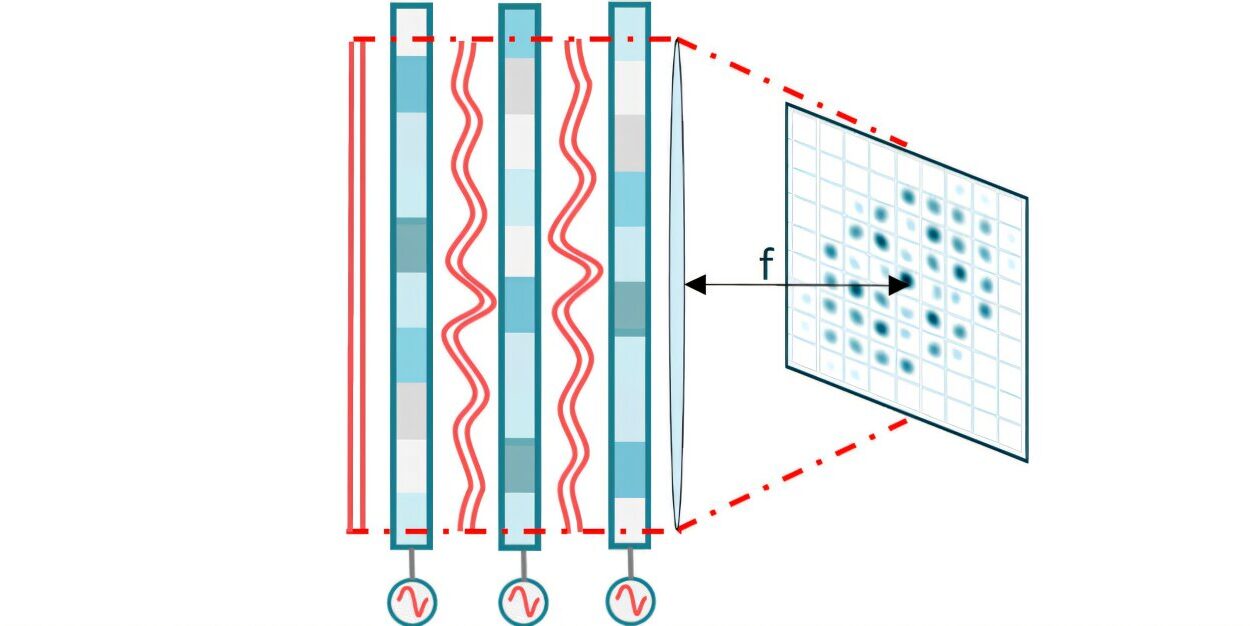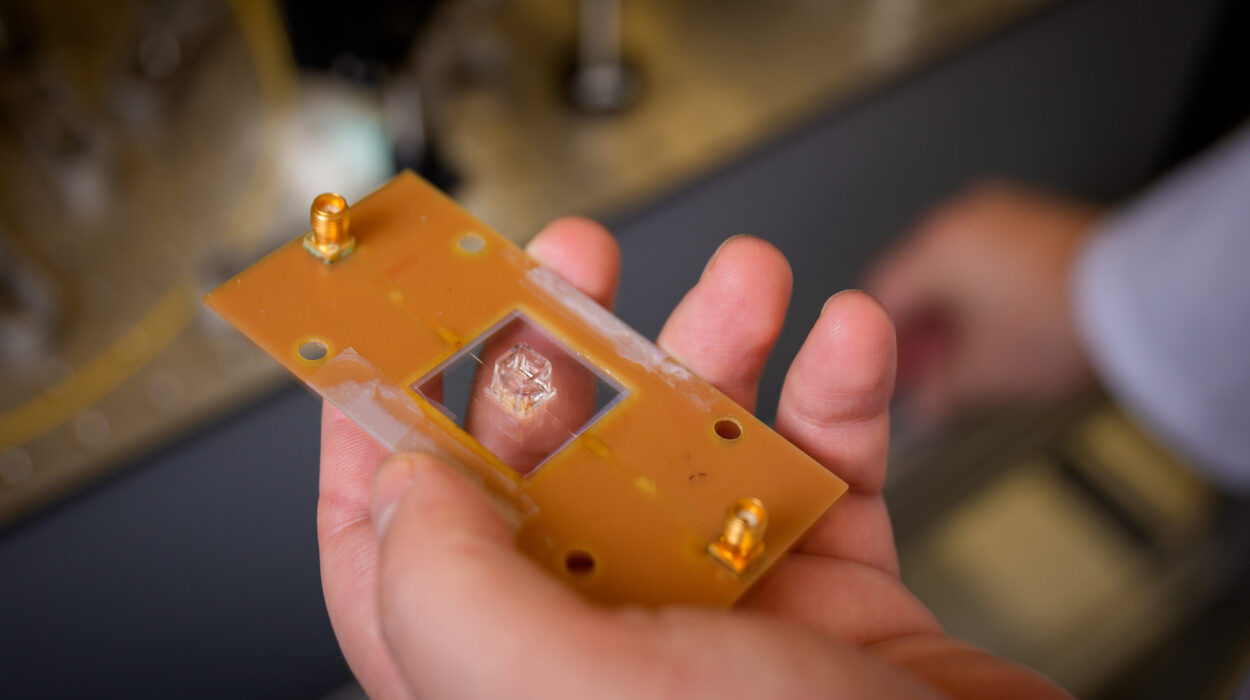In the quest to design the next generation of quantum technologies, scientists have long dreamed of controlling how electrons move, cluster, and interact inside solids. Now, a team of researchers at Rice University and collaborating institutions has achieved a milestone in this search: the first direct evidence of active flat electronic bands in a kagome superconductor.
The discovery, published in Nature Communications, reveals that electrons in a uniquely structured material—known as CsCr₃Sb₅—form compact standing-wave patterns that actively shape the material’s properties. This advance could help unlock entirely new ways to engineer superconductors, topological insulators, and spin-based electronics that may one day power advanced computing and energy technologies.
“This is the first time we’ve seen these flat bands act as active participants rather than passive spectators,” said Pengcheng Dai, the Sam and Helen Worden Professor of Physics and Astronomy at Rice. “It’s a remarkable confirmation of long-standing theoretical predictions.”
The Beauty of the Kagome Lattice
The material at the heart of the discovery, CsCr₃Sb₅, belongs to a fascinating class of compounds called kagome metals. Named after a traditional Japanese basket-weaving pattern, kagome lattices consist of a two-dimensional network of corner-sharing triangles. This delicate geometry can trap electrons in unusual ways, creating flat electronic bands where electrons move sluggishly, as though caught in a web.
In most kagome materials, these flat bands exist but remain far removed from the energy levels that determine a material’s everyday behavior. In CsCr₃Sb₅, however, the story is very different: the flat bands are “active,” directly shaping the superconductivity and magnetism of the compound.
“By identifying active flat bands, we’ve demonstrated a direct connection between lattice geometry and emergent quantum states,” explained Ming Yi, associate professor of physics and astronomy at Rice. “That’s a powerful new design principle for materials science.”
Probing the Quantum Landscape
To uncover this hidden behavior, the team combined advanced experimental techniques with theoretical modeling. Using angle-resolved photoemission spectroscopy (ARPES), researchers fired beams of synchrotron light at their kagome crystals, watching how electrons were ejected and mapping their energy landscape. These measurements revealed the fingerprint of compact molecular orbitals—standing-wave patterns of electrons predicted by theory.
The team also employed resonant inelastic X-ray scattering (RIXS), which tracks the ripples of magnetic excitations within a material. The RIXS results aligned beautifully with the ARPES maps, both pointing to the active role of flat bands in shaping the system’s quantum behavior.
“The ARPES and RIXS results together tell a consistent story,” said Qimiao Si, the Harry C. and Olga K. Wiess Professor of Physics and Astronomy at Rice. “For decades, these flat bands were only visible in abstract models. To now see them directly influence magnetism and superconductivity in real materials—it’s simply astonishing.”
The Power of Collaboration
Behind this success was a collaboration that spanned continents and disciplines. Theoretical guidance came from electronic lattice models carefully built to replicate the experiments. These models captured the subtle role of electron correlations and guided the interpretation of data.
Achieving such precise results also depended on extraordinary materials synthesis. Rice graduate student Zehao Wang, a co-first author, developed refined methods to grow crystals of CsCr₃Sb₅ that were 100 times larger than those previously available—crystals large and pure enough to withstand the probing beams of synchrotron light.
“This breakthrough was possible because of deep collaboration,” said Rice graduate student Yucheng Guo, another co-first author. “It brought together materials design, synthesis, electron and magnetic spectroscopy, and theory. Each piece was essential.”
The effort also included international partners, such as Di-Jing Huang from Taiwan’s National Synchrotron Radiation Research Center, whose expertise in spectroscopy played a crucial role in confirming the results.
Why It Matters
Superconductivity—the ability of certain materials to carry electric current with zero resistance—remains one of the most tantalizing phenomena in physics. If scientists could design superconductors that operate at higher temperatures and under practical conditions, it could revolutionize energy transmission, computing, and medical technologies.
The new discovery opens a pathway toward that future. By proving that flat bands in kagome materials can be made active, researchers now have a “knob” to tune quantum states with geometry, chemistry, and pressure. The implications stretch beyond superconductivity to quantum computing, spintronics, and even topological phases of matter.
“Our results establish a pathway for engineering exotic superconductivity through chemical and structural control,” Dai said. “It’s a door into a new design space for quantum materials.”
More information: Zehao Wang et al, Spin excitations and flat electronic bands in a Cr-based kagome superconductor, Nature Communications (2025). DOI: 10.1038/s41467-025-62298-5
